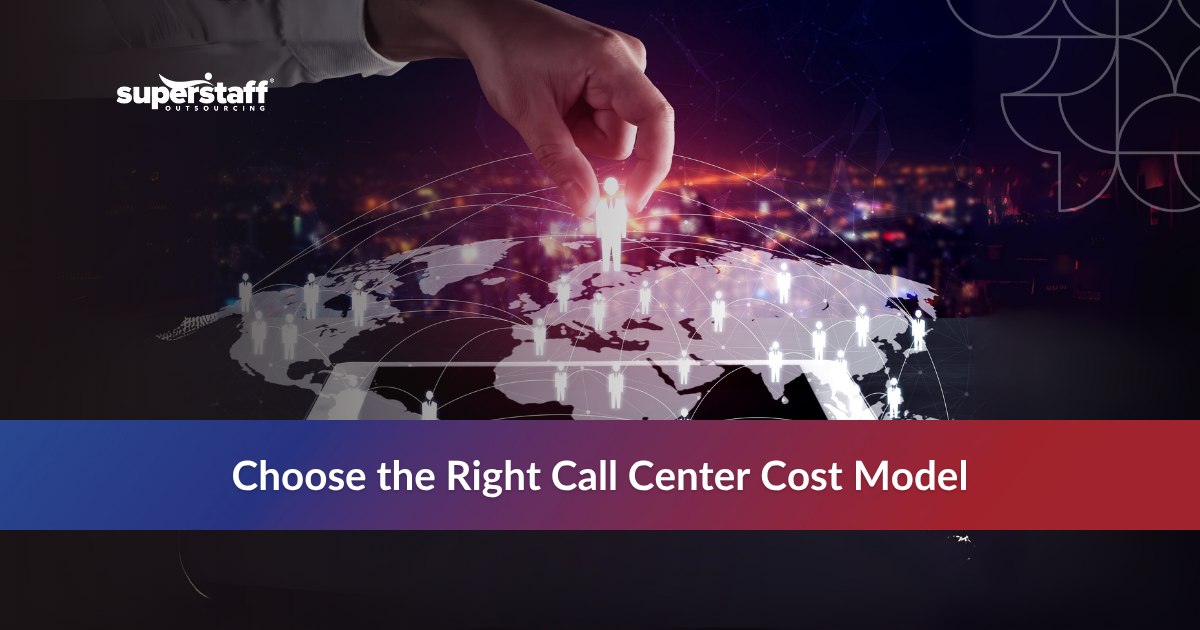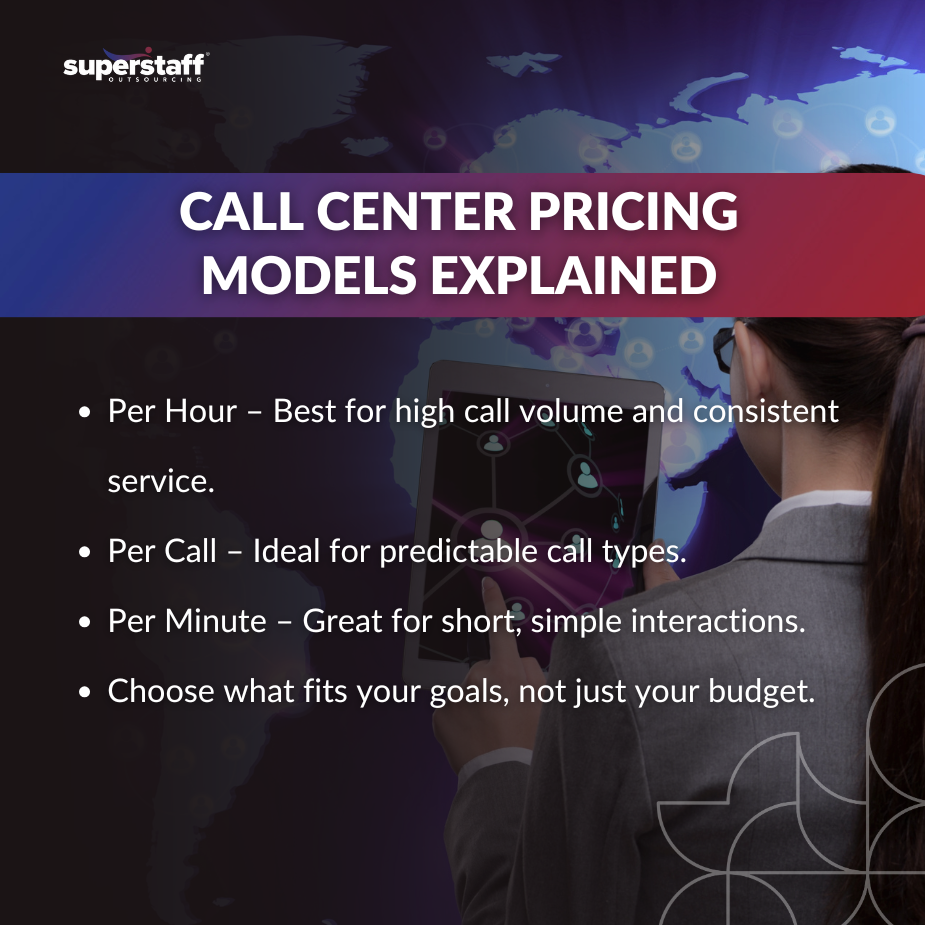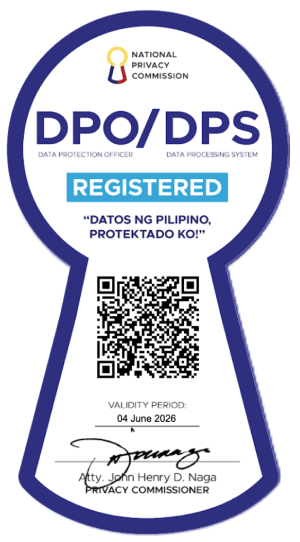
For many companies, outsourcing customer service is a practical way to improve efficiency and reduce operating costs. But to make outsourcing work, decision-makers must understand one important factor: call center pricing.
Different pricing models can impact the overall success of a support strategy. Choosing between per-hour, per-call, or per-minute billing depends on several things, including call volume, service complexity, and the level of flexibility needed. If your business plans to outsource to the Philippines or any other outsourcing destination, knowing how call center pricing works can help you make the right choice, stay on budget, and deliver quality service.
This article explains the most common call center pricing models, how they apply to various service needs, and how to decide which model works best for your business.

What Are the Different Call Center Pricing Models?
Call centers use several methods to charge clients. These methods vary in cost structure and value, depending on your call volume and business needs.
1. Per-Hour Pricing
This model is based on how many hours agents spend working on your account. It’s easy to track and works well for consistent workloads. Businesses pay a fixed hourly rate, whether calls are made or not. It offers predictability but may not be cost-effective for low-volume situations.
2. Per Call Pricing
With per-call pricing, you’re charged for each call handled. It’s a performance-based model and ideal if you expect a certain number of calls daily or monthly. However, it may not work well for calls that vary in length, especially if longer calls don’t lead to sales.
3. Per Minute Pricing
This option charges you based on the time spent on each call. If you have many short, straightforward calls, this model can be cost-saving. But for industries like tech support, where calls can be long, this may lead to higher costs.
4. Flat Monthly Rate
Some call centers offer a flat rate, regardless of call length or number. It simplifies budgeting and is often combined with a service package. However, it may not give the best value if your call needs are minimal.
5. Performance-Based Pricing
This model ties pricing to results, such as leads generated or sales made. It can help push agents to do their best, but may lead to higher costs if performance targets are met quickly.
Pros and Cons of Each Pricing Model
Each pricing option has strengths and trade-offs. Knowing these helps you make a smarter choice based on your goals.
1. Hourly Pricing: Reliable but Costly During Lulls
Paying per hour gives you consistency. You know what to expect each month, which helps with budgeting. But during slow periods, you’re still paying for time, even if agents aren’t handling many calls.
2. Per Call Pricing: Clear and Efficient, but Inflexible
This model works for high-volume environments where most calls are short. But if your business has calls that vary in length or complexity, it might not give you the best value.
3. Per Minute Pricing: Good for Quick Calls, Not Long Ones
If your call center handles mostly quick inquiries or order taking, per-minute pricing makes sense. But longer support calls can add up quickly and surprise you with higher bills.
4. Flat Monthly Rate: Easy Budgeting, Less Flexibility
Flat-rate pricing is attractive for planning purposes. But if your business only needs support for a few hours a day or during peak seasons, you might end up overpaying.
5. Performance-Based Pricing: Motivates Results, Hard to Predict
This model encourages strong performance and can align with your goals. But pricing may become unpredictable, and setting the right performance metrics can be tricky.
How to Choose Between Per Call, Per Minute, or Per Hour
To find the right fit, consider your call volume, goals, and support needs. Here’s a breakdown that can help guide your decision.
1. Measure Call Volume and Average Call Length
Look at your recent call center data. Are your calls short or long? Do you have consistent volume, or is it seasonal? These patterns help determine whether per-call, per-minute, or per-hour pricing fits better.
2. Define Your Business Goals
Are you trying to cut costs, increase efficiency, or improve customer experience? If predictability is key, hourly pricing might help. If you want to pay only for what you use, per minute or per call may be better.
3. Test with a Trial Period
Some providers offer trial programs. Try one pricing model for a few weeks or a month and measure results. See how it affects your budget and service level before locking into a long-term contract.
4. Ask About Hidden Fees or Add-Ons
Don’t just look at the base rate. Ask if there are fees for after-hours support, languages, tech tools, or reporting. Many call center pricing models look affordable upfront but come with hidden charges.
5. Compare Local vs. Offshore Options
Some businesses find better value when they outsource to the Philippines, where labor costs are lower but service quality remains high. Explore if this option suits your business model and customer base.
Why Call Center Pricing Varies by Country and Service Type
Call center rates are not the same across providers or countries. Understanding this helps avoid overpaying or picking the wrong partner.
1. Location Impacts Labor Costs
The cost of living and wages are lower in some regions. That’s why businesses outsource to the Philippines to save money without compromising quality. Labor cost is a key reason why pricing varies by location.
2. Service Hours Affect Pricing
If you need 24/7 support, expect to pay more. After-hours service often comes with a higher rate, especially in per hour or per minute models.
3. Language and Skills Drive Rates
A multilingual call center or one with specialized skills (like tech or healthcare support) will usually cost more. Rates reflect training and complexity of the tasks.
4. Software and Reporting Add to Total Cost
Some call centers include reporting tools, CRM integration, or ticketing systems in their fees. Others may charge separately. Always ask what’s included before comparing prices.
5. Scalability Can Affect Pricing Model Choice
If your company expects to grow or has changing needs, choose a pricing model that lets you scale easily. Flat rate models may limit flexibility, while per-minute or per-call models can adjust better to shifting volumes.
The Smart Way to Navigate Call Center Pricing
Choosing the right call center pricing model takes more than comparing rates. To get real value, you need a strategy that matches your business goals, service needs, and budget. Here are the key steps to help you make the best decision.
1. Align Pricing with Business Needs
No single model works for everyone. Choose a pricing structure that fits your usage pattern, customer service goals, and budget.
2. Analyze Total Cost, Not Just the Rate
Focus on overall value. A low per-minute rate may seem cheap but can turn costly if your calls are long. Compare full monthly estimates, not just headline rates.
3. Partner with a Transparent Provider
Work with a call center that explains its call center pricing clearly. Ask questions and ensure there are no surprise fees. This builds trust and helps you plan better.
4. Think Beyond Price
Service quality matters just as much. Low cost should not come with poor communication, lack of training, or slow response times. Look for providers with a good track record.
5. Choose Flexibility and Experience
A provider like SuperStaff can help you review different pricing options and choose the best setup for your business. Whether you prefer per-call, per-minute, or hourly pricing, having a partner with experience makes the process smoother.
Simple Pricing, Better Support, Smart Growth
SuperStaff offers flexible call center pricing to match your business goals. Whether you’re exploring how to choose between per-call per-minute or per-hour pricing for call center needs, or looking to outsource to the Philippines for better value, our team is ready to help.
With transparent plans and scalable support, SuperStaff ensures you only pay for what you need, without hidden fees or complicated terms. Let us simplify your customer service operations so you can focus on what matters most: growing your business.
Ready to talk? Contact SuperStaff and explore which call center pricing models make the most sense for you.






